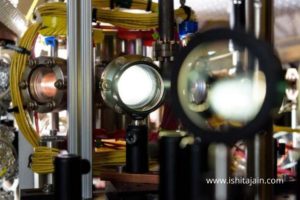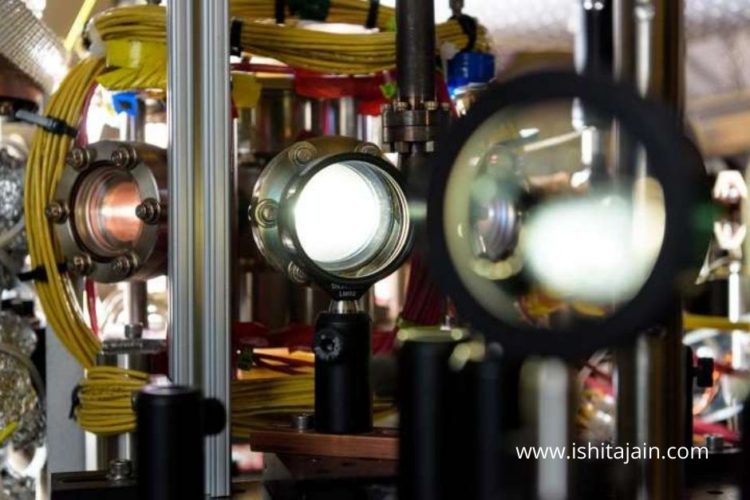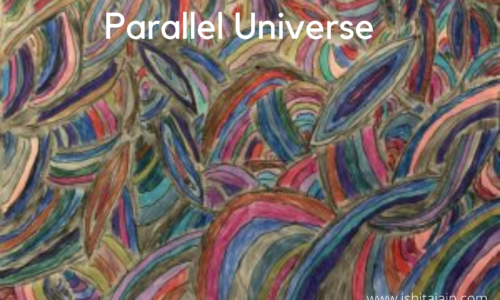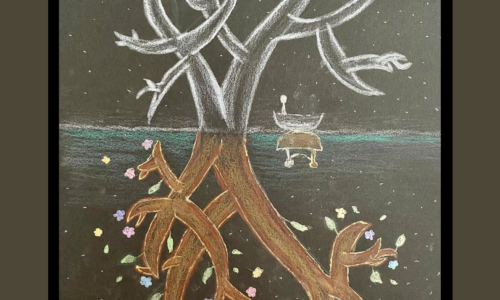This is my fourth article in my Quantum Mechanics series on finding quantum entanglement in the fascinating fifth state of matter. If you have not seen my previous articles: ‘Taking A Closer Look At Quantum Entanglement’, ‘Figuring Out The Heisenberg Uncertainty Principle’ and ‘Applying The Schrödinger’s Cat Paradox To Everyday Life’, please make sure you do so. In this article, we will be exploring the physical structure of Bose-Einstein Condensates and what entanglement within it could mean. Prepare to be amazed at what scientists have discovered about these intriguing experiments.
~~~~~
An experiment involving entanglement with Bose-Einstein Condensates, a substance commonly known as the fifth state of matter, can change the efficiency of many important quantum applications…
Quantum entanglement has proved handy in a lot of real life applications. But as technology progresses farther, we need to entangle larger groups of particles. In traditional quantum entanglement experiments, the clouds of particles are incoherent. Due to this, it is hard to entangle large groups of particles, making it less efficient in quantum applications. However, a recently conducted experiment has shown a way to solve that, using what is commonly referred to as the fifth state of matter (the fourth being plasma). Bose-Einstein Condensates. But before we can take a look at this experiment, we have to know, what are Bose-Einstein condensates?
Bose-Einstein condensates were discovered by an Indian physicist by the name of Satyendra Nath Bose and creator of the theory of relativity – Albert Einstein (hence the name). A boson is a type of sub-atomic particle with an integral spin (a spin measured in negative integers). Bose-Einstein condensates are formed when boson gas is cooled down to temperatures of close to absolute zero, also known as -273.15°C or the coldest temperature in the universe. The changes in the particles are actually quite interesting. As we know, if you cool a gas into a liquid, the particles go from completely spread out to loosely packed together. When a liquid turns into a solid, the loosely packed particles become tightly packed particles. But, if you cool that even more, you can see particle-wave duality, since the particles start to turn into waves. As the temperature gets colder and colder, the waves begin to merge together, until they become one and lose all uniqueness. It is like there is this one wave, with waves all around it, except that one wave is connected to all those waves so it itself is taking up the entire space.
When working with Bose-Einstein condensates, all the particles, or waves are highly coherent, due to the extremely cold temperature. This makes them easier to handle. In this experiment, the group of Bose-Einstein condensates was split into two clouds of atoms or atomic clouds. The two clouds were separated from each other by a small distance, and they showed signs of entanglement. The fact that quantum entanglement could be created with Bose-Einstein Condensates could lead to further progress in large-scale quantum computing, quantum metrology and quantum simulators*. In fact, entanglement in Bose-Einstein condensates is the best way to entangle large groups of particles since cold atoms are much more efficient for large ensembles than anything else yet discovered in physics.
This has been explored in various other experiments. For example, in a different lab, physicists predict that Bose-Einstein condensates exist in quantum superposition when between the boundary of the antiferromagnetic phase (when all atoms align horizontally) and the polar phase (when all atoms align vertically). This proves that everyday the quantum world grows larger… and technology continues to advance even farther. Bose-Einstein condensates may be the first of many unusual places in which we observe quantum entanglement.
Extra: See image for a better understanding of the equipment used to observe quantum entanglement:

Definitions:
- Quantum Simulators: Gadgets that use various quantum effects in order to better understand model and real life systems in the world of physics
- Quantum Metrology: Using packs of energy at the quantum scale for precise units of measurement in the macroscopic world
- Large-Scale Quantum Computing: The process of developing computer technology with the help of quantum concepts




Thanks, glad you liked it!